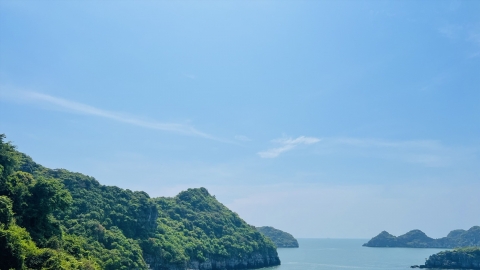"CRAFT OF HERITAGE" - FAMOUS CENTRAL AMERICAN COUNTRY
Honduras, officially the Republic of Honduras, formerly known as Spanish Honduras, is a country in Central America, bordered by Guatemala to the west, El Salvador to the southwest, Nicaragua to the southeast, the Pacific Ocean to the south, and the Gulf of Honduras and the Caribbean Sea to the north, with Belize located 75 km away, across the Gulf of Honduras.
On his fourth and final voyage to the New World, Christopher Columbus reached the coast of Honduras in 1502, landing near the present-day town of Trujillo, somewhere near Guaimoreto Lagoon. After its discovery by the Spanish, Honduras became part of the vast Spanish empire in the New World within the Kingdom of Guatemala. The Spanish ruled Honduras for nearly three centuries.
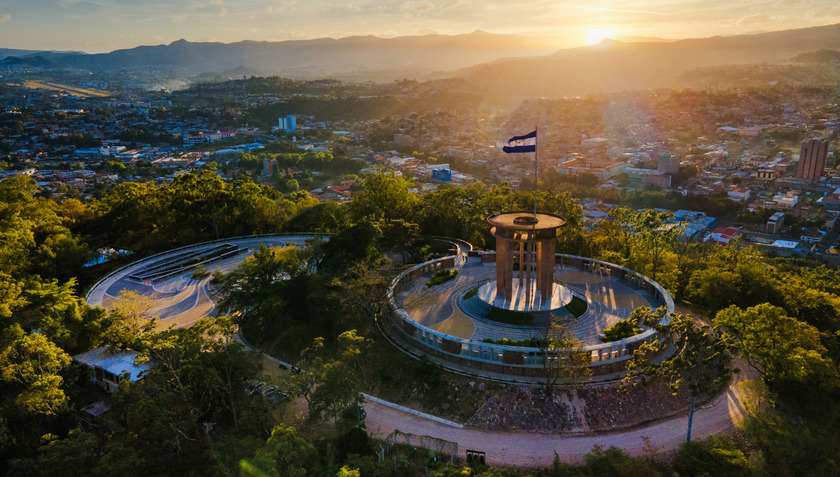
Honduras boasts the first working clock in the Americas; built by the Moors in the 12th century and given to the Comayagua Cathedral in 1636.
A PLACE THAT PRESERVES THE TRACES OF THE MAYA CIVILIZATION
This is one of the "cradles" of human heritage, where the traces of the most ancient Mayan civilization of mankind are preserved, known for its brilliant achievements in the fields of construction, architecture, mathematics, astronomy...
Copan Ruins
The Copan ruins were recognized by UNESCO as a world heritage site in 1980. This heritage site dates back to 427 AD, and was “buried” underground for dozens of centuries before being discovered in 1570. It was not until the 19th century that people began to conduct archaeological excavations, but to this day it has not been fully explored. The main architecture in the relic is a Mayan citadel with pyramids formed from many stone steps stacked on top of each other.

Copan archaeological site in Honduras
Copan Ruins is an archaeological site of the Maya civilization located in the Copán department of western Honduras, near the border with Guatemala. It served as the powerful capital of the Maya kingdom for more than two centuries, from the 5th to the 9th century AD. Copan is famous for its intricately carved stonework, pyramidal steps, and large plazas. Visitors can learn about the history, beliefs, and life of the ancient Maya through the remaining ruins.
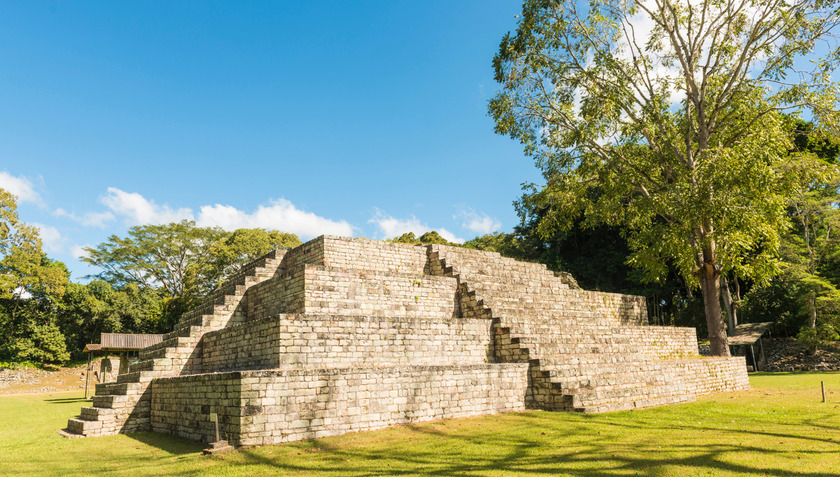
Come to Copan to explore the ancient Mayan civilization


One of the most famous monuments in the Copan archaeological site is the Hieroglyphic Staircase. It is a 62-step staircase decorated with 2,200 Mayan hieroglyphs. The hieroglyphs record the history of the Copan dynasty, including the names of kings, dates, and important events.

These hieroglyphs record the history of the Copan dynasty.
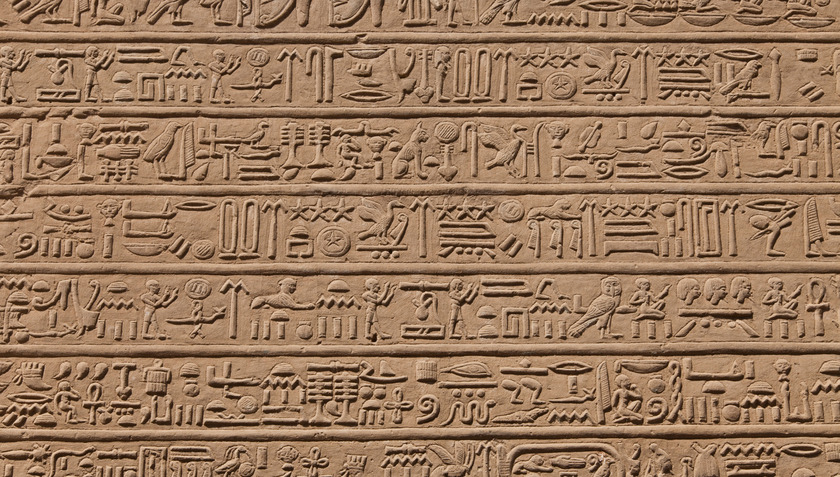
Temple 16 is known as the largest temple in the Copan archaeological site. It was built to honor King Waxaclajuun Ub'aah K'awiil, who ruled Copan in the 8th century AD. The temple is decorated with elaborate sculptures depicting the king and Maya gods.
The highlight of this archaeological site is the Great Plaza. This is the central square of Copan. It is surrounded by pyramids, temples and other structures. The Great Plaza was the site of religious ceremonies and other public events.
El Mirador: The mysterious Mayan city hidden in the jungle
El Mirador is a Mayan archaeological site located deep in the rainforest of northern Guatemala, near the border with Belize. Known as the “Lost City,” El Mirador was an important political and religious center during the Preclassic period (1000 BC – 250 AD), even earlier than the famous Copán.
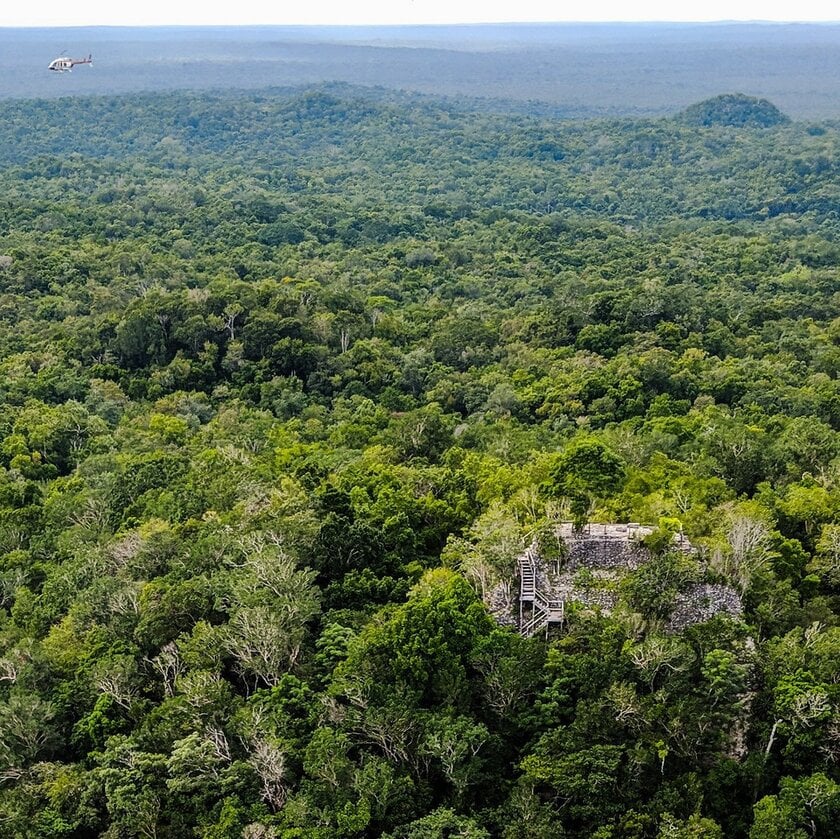
Mysterious Mayan city hidden in the jungle
El Mirador was built around 600 BC and reached its peak in the 3rd century BC. The city boasted numerous monumental structures, including pyramids, temples, plazas, and a sophisticated water harvesting system.
The El Tigre Pyramid is the most impressive structure, the second tallest in the Maya world after the Pyramid of Kukulkan at Chichen Itza. Built around 600 BC, El Tigre is one of the tallest pyramids in the Maya world, second only to the Pyramid of Kukulkan at Chichen Itza. El Tigre reaches a height of 57 meters, including the temple at the top.
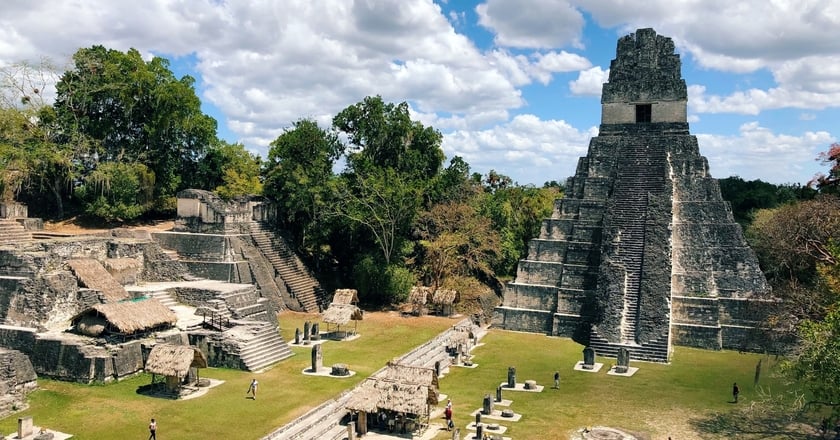
El Mirador was an important political and religious center during the Preclassic period.
The pyramid structure is divided into nine steps, symbolizing the nine heavens in Mayan cosmology. The main facade of El Tigre faces west, where the sun sets, reflecting the importance of astronomy to the Mayans. At the top of El Tigre is a temple decorated with elaborate sculptures depicting gods and religious rituals.
The El Tigre Pyramid is a symbol of the power and prosperity of the El Mirador kingdom during the Preclassic period. It is also a testament to the unique construction and architectural techniques of the ancient Maya.
This structure played an important role in the spiritual and religious life of the Maya people, where rituals were held to honor the gods and pray for good luck. El Tigre contributes significantly to the study and understanding of the Maya civilization, helping us to discover the mysteries of the past and legacy of one of the greatest civilizations in human history.
Cueva de la Vaca Cave - The place that keeps the memory of the ancient Maya
Cueva de la Vaca, also known as the Cave of the Milk Cow, is an important archaeological site located in northern Honduras, near the border with Guatemala. It is famous for its ancient cave paintings dating back up to 10,000 years, offering visitors a unique insight into the culture and beliefs of the prehistoric Maya.

Cueva de las Manos - cave of hands in Argentina
The Cueva de la Vaca cave was discovered in the early 20th century by local people. Archaeologists have been studying and excavating the cave ever since, collecting many valuable artifacts such as ceramics, stone tools and jewelry.
Cave paintings are painted on cliffs using clay and pigments, depicting scenes from ancient Maya life, rituals and mythology. These paintings provide detailed information about the lives, beliefs and relationships between humans and nature of the prehistoric Maya.
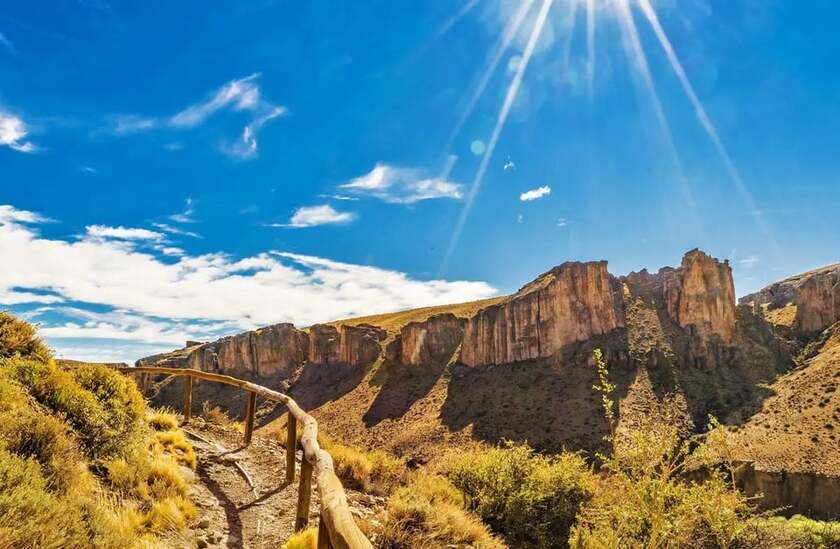
Impressive masterpieces of ancient stone carvings
The Cueva de la Vaca caves are an important cultural heritage site for Honduras and Central America. The cave paintings here are a testament to the artistic creativity and sophisticated painting techniques of the ancient Maya.
Cueva de la Vaca contributes significantly to the study and understanding of Mayan history, culture and beliefs, helping us to uncover the mysteries of the past and legacy of one of the greatest civilizations in human history.







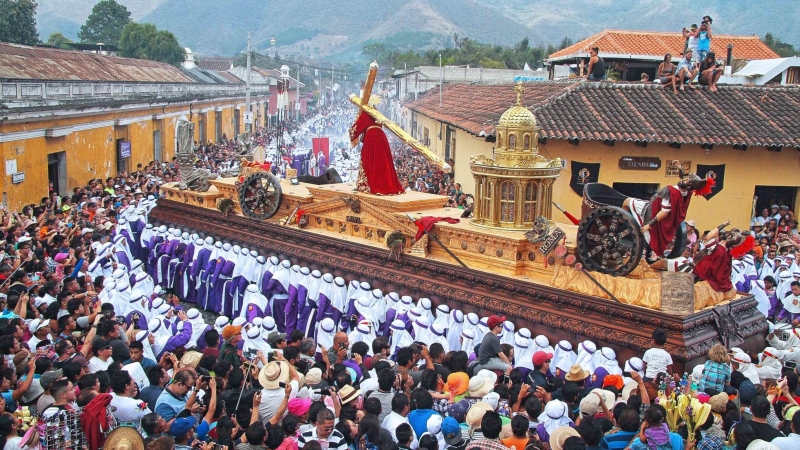
.jpg.jpg)




















